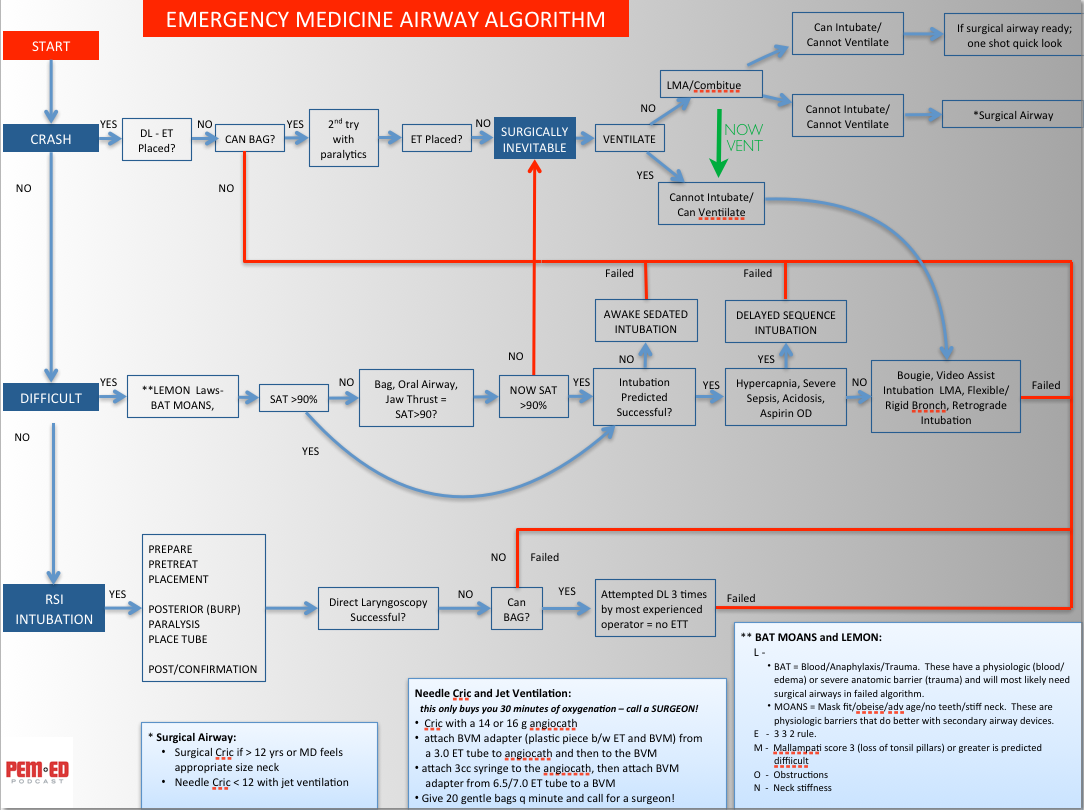THE DERMA-Q
How many times have you seen a square object inserted into a round hole.....of an ear canal??? It's quite a quandary and can be the source of frustration for both you and the patient. You may end up waiting two to three hours just to be able to sedate the little bugger because they have usually just choked down a cheese burger and fries (if your in Britain it may be bangers and mash, Australia a vegemite sandwich, Russia borscht, etc, etc) and then even after you have them sedated, you don't have the right tool to get the foreign body out because the right tool was never created… that is, until now! Thanks to Dr. David DeLemos from the Texas Children's Pediatric Emergency Medicine program, we now have the solution to the round (or square) object in the ear canal. Let me be the first to introduce you to the "Derma-Q." The Derma-Q is a contraption created from the plunger of a small syringe or a Q-tip, which has then been tipped (like a tribal dart) with a minute amount of Dermabond. The Derma-Q provides the perfect rescue technique to get those tough foreign bodies out of almost any orifice. Also making her debut this month on the PEM ED Podcast, my wife, Dr. Holly Sparks will risk life, limb, and my ear canal by getting a cheap piece of plastic jewelry out of my EAC for your viewing pleasure.







